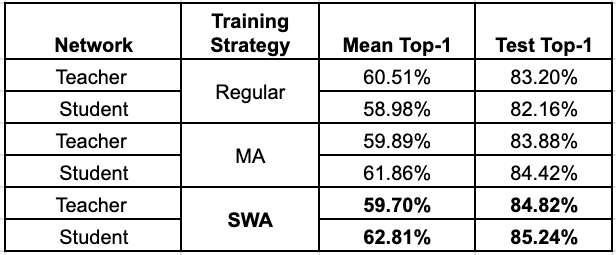
Implementing a paper is helpful in so many ways. Get to
* Know the work inside out including the implementation details.
* Study amazing resources to further your understanding.
* Read a lot of code for references. Sometimes, the official codebases are amazing.
1/
* Know the work inside out including the implementation details.
* Study amazing resources to further your understanding.
* Read a lot of code for references. Sometimes, the official codebases are amazing.
1/
Oftentimes, an idea seems fairly simple but when it comes to implementation details, things start to get messier. This is the learning, folks!
If the original impl. is messy, you might be able to make it elegant, simpler, and in turn, better.
2/
If the original impl. is messy, you might be able to make it elegant, simpler, and in turn, better.
2/
For me, implementing existing works has helped me become a better practitioner and also a better believer. It's almost always never easy but that's the real fun. It boosts your confidence and also your knowledge.
3/
3/
Once you start developing a habit for looking through the implementation side of things it's almost easier to also consider the edge-cases, scopes of improvements. Sometimes, they even lead to publications!
4/
4/
Everyone starts somewhere. So, if you're feeling overwhelmed by the very thought of implementing a paper, note that you're not alone. I have been there and I still get frightened.
Accepting that challenge and giving your all in will be rewarding in the end. This I can tell.
5/
Accepting that challenge and giving your all in will be rewarding in the end. This I can tell.
5/
• • •
Missing some Tweet in this thread? You can try to
force a refresh






